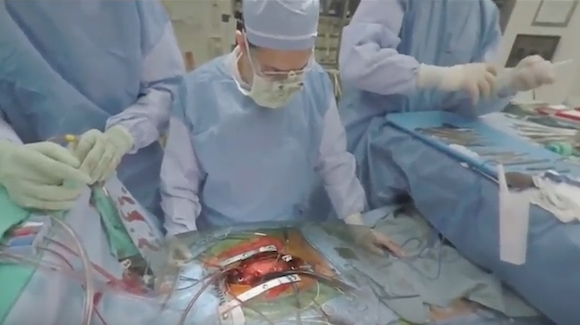Sucrose better than lidocaine for neonatal analgesia
Reuters Health • The Doctor's Channel Daily Newscast
While there have been efforts to reduce neonatal pain during medical procedures over the past decade, improvements in analgesia uptake have been only modest, comment Dr. Anna Taddio, at the University of Toronto in Ontario, Canada, and colleagues in the introduction to their paper.
They conducted a study to compare the effects of a topical anesthetic and a sweet-tasting solution in 330 healthy newborns undergoing venipuncture for the neonatal screening test. Before the procedure, the infants received either 2 mL of 24% sucrose solution orally or had 1 gram of liposomal lidocaine applied topically, or were given both sucrose and lidocaine.
Pain was assessed by a 0-100 facial grimacing score. This was lower in the sucrose group than the lidocaine group, with a mean difference of -27 (p<0.001). The score in the sucrose-plus-lidocaine group was lower than in the lidocaine-only group (mean difference -23) and no different than in the sucrose only group (mean difference -5), according to the report.
In discussing the lack of efficacy of topical lidocaine cream, the authors write: “It is possible that inappropriate administration techniques led to insufficient skin anesthesia and subsequent anesthetic failure; however, this is unlikely given that we followed well established application methods.”
Sucrose was well tolerated with no difference in the incidence of spitting-up between infants given sucrose (1.4%) and this given oral placebo (2.7%), Dr. Taddio and colleagues found.
They conclude, “The present findings suggest that venipuncture pain is better managed in neonates using sweetening agents than topical local anesthetics.”
The team adds, “The findings of our study question the principles that (1) the effectiveness of various analgesics can be generalized across medical procedures and (2) different analgesics should be combined to improve pain relief. These principles are perpetuated in most clinical practice guidelines.”
Pediatrics 2011;127:e940–e947.









